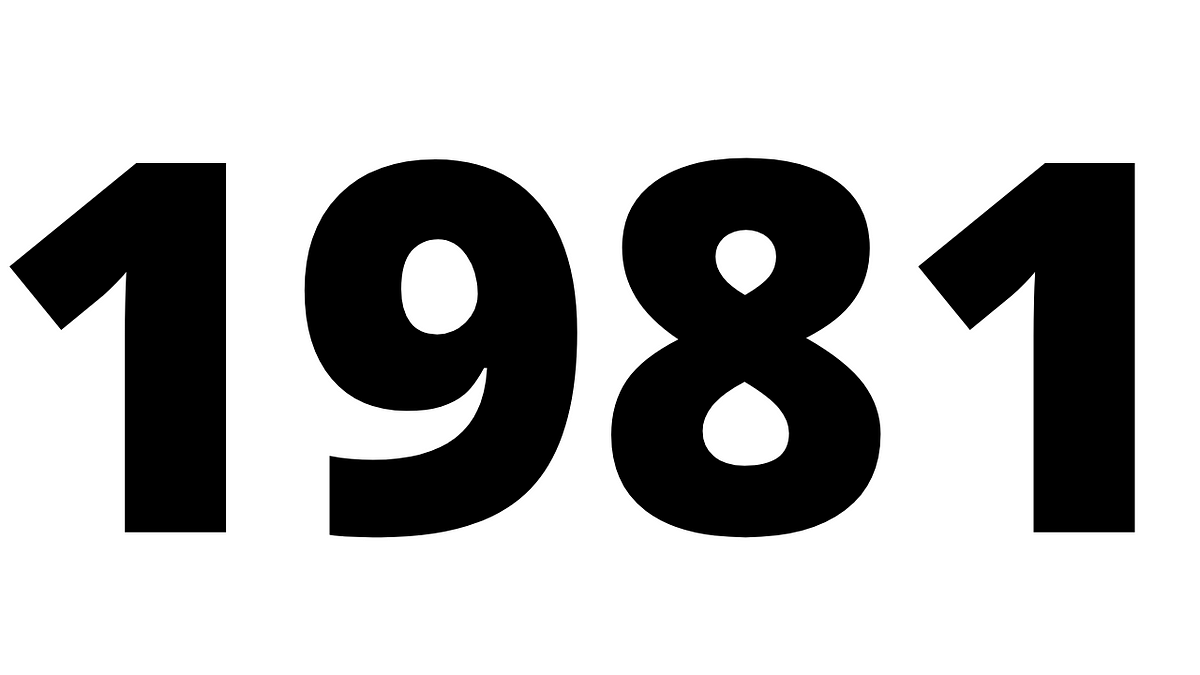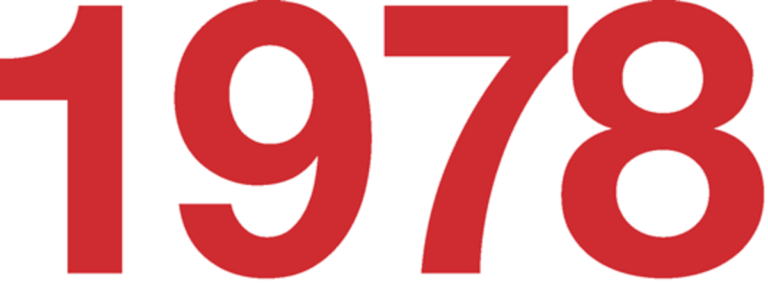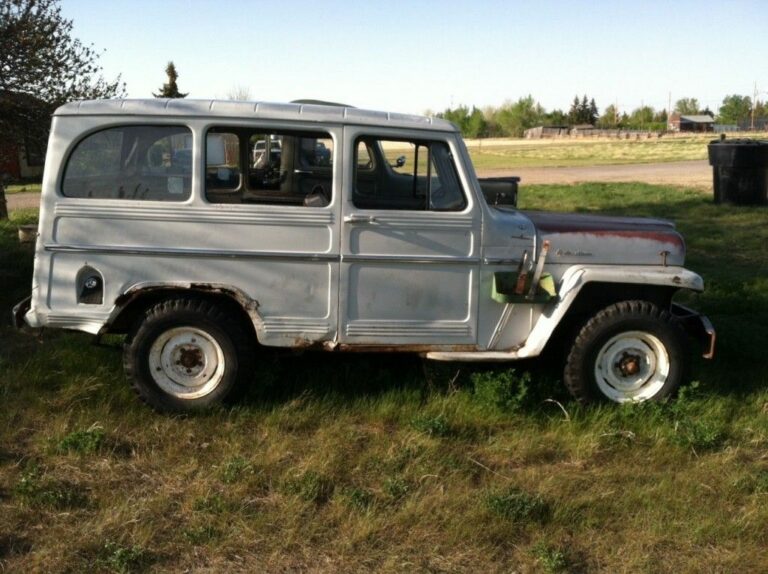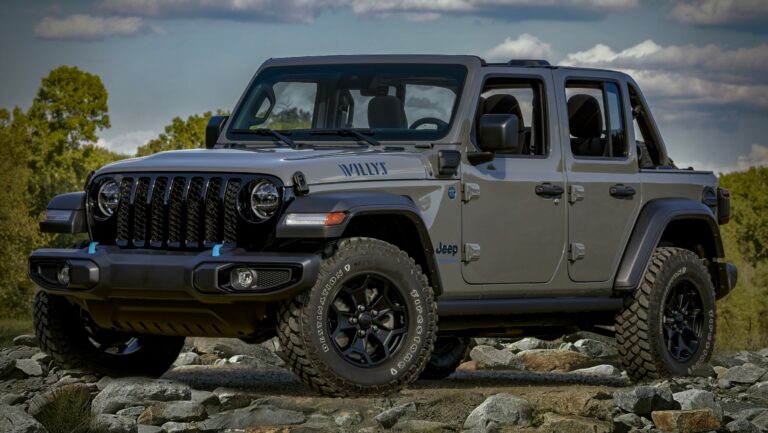1981 CJ7 Jeep For Sale: A Comprehensive Buyer’s and Seller’s Guide
1981 CJ7 Jeep For Sale: A Comprehensive Buyer’s and Seller’s Guide jeeps.truckstrend.com
Introduction: The Timeless Appeal of the 1981 CJ7 Jeep
In the vast landscape of automotive history, few vehicles command the enduring affection and iconic status of the Jeep CJ7. Born from a lineage of military and utility vehicles, the Civilian Jeep (CJ) series evolved into a recreational powerhouse, and the 1981 CJ7 stands as a particularly significant and sought-after model year. More than just a vehicle, the CJ7 represents a spirit of adventure, rugged capability, and unadulterated freedom. Its removable doors, fold-down windshield, and open-air design embody the essence of off-road exploration and classic Americana.
1981 CJ7 Jeep For Sale: A Comprehensive Buyer’s and Seller’s Guide
For many, the appeal of a 1981 CJ7 lies in its perfect blend of vintage charm and practical utility. It predates much of the modern electronic complexity, offering a more direct and engaging driving experience, while still benefiting from refinements made throughout the CJ7’s production run (1976-1986). Whether you’re a seasoned off-roader, a classic car enthusiast, or simply someone yearning for a tangible piece of automotive history, a 1981 CJ7 Jeep for sale presents a compelling opportunity. This comprehensive guide aims to equip both prospective buyers and current owners with the knowledge and insights needed to navigate the market effectively, ensuring a rewarding experience with this legendary vehicle.
The Enduring Legacy of the CJ7: Why 1981 Stands Out
The CJ7, produced by American Motors Corporation (AMC) and later by Chrysler, was a pivotal model in the Jeep lineup. It built upon the shorter CJ5 chassis, extending the wheelbase by 10 inches to accommodate an automatic transmission, improve ride quality, and offer more interior space. This longer wheelbase, along with a more robust frame, made the CJ7 more stable on the road and offered enhanced articulation off-road, without sacrificing the nimble agility for which CJs were known.
The 1981 model year holds a special place for several reasons:
- Mechanical Sweet Spot: By 1981, the CJ7 had undergone several years of refinement. It largely featured the robust and highly desirable Dana 300 transfer case, a significant upgrade from earlier models. While still employing the AMC 20 rear axle (a known weak point, but also a common upgrade target), the general mechanical package was mature and reliable.
- Engine Choices: The primary engine for 1981 was the AMC 4.2L (258 cubic inch) inline-six, renowned for its torque, reliability, and ease of maintenance. This engine, often referred to as the "258," is a favorite among enthusiasts for its balance of power and simplicity. A 2.5L four-cylinder was also available, and occasionally, the 5.0L (304 cu in) V8 can be found, though it was less common for this specific year.
- Classic Aesthetics: The 1981 CJ7 retains the quintessential Jeep aesthetic – round headlights, flat fenders, and a boxy silhouette. It represents the purest form of the CJ design before the more modernized YJ Wrangler took over with its square headlights.
- Strong Aftermarket Support: Due to its popularity and long production run, the CJ7 benefits from an extensive aftermarket. Parts, whether original equipment or performance upgrades, are readily available, making restoration, repair, and customization relatively straightforward.

Key Features and Specifications of the 1981 CJ7
Understanding the core components of a 1981 CJ7 is crucial for both evaluation and appreciation.
- Engine Options:
- AMC 4.2L (258 cu in) Inline-Six: The most common and highly regarded engine. Known for its low-end torque, durability, and simplicity. Ideal for off-roading and general cruising.
- AMC 2.5L Inline-Four: A more economical option, less powerful but still capable for lighter duty.
- AMC 5.0L (304 cu in) V8: Less common for 1981, but some may exist. Offers significantly more power but also more weight and reduced fuel economy.
- Transmissions:
- Manual: Common options included the Borg-Warner T-4 (4-speed), T-5 (5-speed), and the heavy-duty T-176 (4-speed).
- Automatic: The Chrysler TorqueFlite 999 (TF-999) 3-speed automatic was a popular choice, offering smooth shifts and reliability.
- Transfer Case:
- Dana 300: This part-time 4WD transfer case was standard for 1981 and is highly desirable. It’s robust, reliable, and offers a strong 2.62:1 low range ratio.
- Axles:
- Front: Dana 30: A solid front axle, generally reliable for most applications, though often upgraded for extreme off-roading.
- Rear: AMC 20: This axle is famously known for its two-piece axle shafts, which can be prone to failure under stress. Many owners upgrade to one-piece shafts or swap in more robust axles like a Ford 8.8 or Dana 44/60.
- Suspension:
- Leaf Springs: The CJ7 utilized a leaf spring suspension system on both front and rear axles. While simple and durable, it can lead to a stiffer ride compared to modern coil-sprung vehicles. Many owners install aftermarket lift kits, which often include new leaf springs.
- Body and Frame:
- Body-on-Frame Construction: A rugged and durable design, allowing for excellent articulation and strength.
- Removable Components: Doors, soft top or hard top, and a fold-down windshield contribute to the iconic open-air experience.

What to Look For When Buying a 1981 CJ7 (Buyer’s Guide)
Purchasing a vintage vehicle like a 1981 CJ7 requires careful inspection and due diligence. Here’s a checklist of critical areas:
- Rust, Rust, Rust: This is the number one enemy of classic Jeeps.
- Frame: Inspect thoroughly, especially around the steering box mount, spring hangers, skid plate, and rear crossmember. Look for cracks, repairs, or excessive pitting.
- Body: Common rust spots include the floorboards (especially under the pedals and seats), rocker panels, front fenders (behind the wheels), rear quarter panels, tailgate, and the windshield frame. Surface rust is manageable, but perforating rust indicates deeper issues.
- Mechanical Condition:
- Engine: Listen for unusual noises (knocks, ticks), look for excessive smoke from the exhaust (blue for oil, white for coolant, black for fuel), and check for fluid leaks (oil, coolant). A well-maintained 258 should run smoothly.
- Transmission: Test all gears, both forward and reverse. Manuals should shift smoothly without grinding. Automatics should engage crisply without harshness or slipping.
- Transfer Case: Engage 4WD high and low range. Ensure it shifts easily and engages properly. Listen for grinding or clunking.
- Axles: Check for leaks around the differential covers and axle seals. Listen for humming or grinding noises during the test drive.
- Steering: Check for excessive play in the steering wheel. Inspect the steering box, tie rod ends, and drag link for wear.
- Brakes: Test pedal feel and stopping power. Check for pulling to one side or spongy pedal.
- Suspension: Look for worn leaf springs (saggy ride height), worn shackles, or damaged shock absorbers.
- Electrical System: Original wiring can be brittle and prone to issues. Test all lights, gauges, wipers, and the heater/blower.
- Modifications: Many CJs are modified. Evaluate the quality of any aftermarket parts or custom work (lift kits, engine swaps, axle upgrades). Poorly executed modifications can cause more problems than they solve.
- Documentation: Request the title (ensure it’s clean and matches the VIN), maintenance records, and any receipts for parts or work done. This provides insight into the vehicle’s history.
- Test Drive: Always test drive the Jeep. Pay attention to how it handles on various surfaces, any unusual noises, vibrations, or smells. Test the brakes, steering, and acceleration.
Preparing Your 1981 CJ7 For Sale (Seller’s Guide)
If you’re considering selling your 1981 CJ7, thoughtful preparation can significantly increase its appeal and value.
- Honest Assessment & Repairs: Objectively evaluate your Jeep’s condition. Address any major mechanical issues (leaks, strange noises, non-functioning components). Minor fixes like replacing worn bushings, topping off fluids, or addressing minor electrical gremlins can make a big difference.
- Thorough Cleaning & Detailing: First impressions are crucial.
- Exterior: Wash, wax, and clean the wheels and tires.
- Interior: Vacuum, wipe down surfaces, and clean upholstery. Remove personal items.
- Engine Bay: A clean engine bay suggests good maintenance.
- Underbody: Hosing off mud and grime from the frame and suspension components can reveal their true condition.
- Gather Documentation: Compile all service records, parts receipts, the title, and any original manuals or build sheets. This builds trust with potential buyers.
- High-Quality Photography: Good photos are paramount for online listings.
- Take photos in good lighting (daylight is best) from multiple angles (front, rear, sides, 3/4 shots).
- Include detailed shots of the interior, engine bay, suspension, and undercarriage (especially frame).
- Highlight any desirable features or recent upgrades.
- Be honest: include photos of any significant flaws or rust spots. Transparency builds credibility.
- Pricing Strategy: Research the market. Look at similar 1981 CJ7s for sale in your area and nationwide on popular automotive sites (e.g., Craigslist, eBay, Bring a Trailer, specialty Jeep forums). Factors influencing price include:
- Condition: Project, driver quality, good condition, restored, or show-quality.
- Mileage: Less critical than overall condition for a vintage vehicle, but still a factor.
- Originality vs. Modifications: Highly original, well-preserved examples can fetch a premium, as can tastefully modified ones.
- Engine/Transmission Combination: The 258 I6 with manual transmission or TF-999 auto is often preferred.
- Marketing & Disclosure:
- Listing Platforms: Use popular online marketplaces, classic car websites, and dedicated Jeep forums.
- Description: Write a detailed and honest description. Highlight strengths, list recent maintenance, and disclose any known issues.
- Be Prepared: Expect questions from potential buyers. Be ready to allow inspections by a trusted mechanic.
Valuation and Market Trends
The market for vintage Jeeps, particularly the CJ7, has seen a steady increase in value over the past decade. These vehicles are no longer just cheap off-roaders; they are collectible classics.
Factors Influencing Price:
- Condition: This is the most significant factor. A rust-free, well-maintained, and running CJ7 will command a significantly higher price than a rusty project.
- Originality: Highly original, unmolested examples often fetch a premium from collectors.
- Modifications: Tasteful, professionally installed upgrades (e.g., lift kits, engine upgrades, axle swaps) can add value. Poorly done or extreme modifications can detract.
- Engine/Transmission: The 258 I6 is generally the most desirable engine.
- Hard Top/Soft Top: The presence of a hard top, especially an original one, can add value.
- Location: Prices can vary regionally based on demand and the prevalence of rust-free examples.
1981 CJ7 Jeep Estimated Price Table (Based on Condition)
Please note: These are estimated ranges and can vary significantly based on specific features, modifications, geographic location, and market demand at the time of sale.
| Condition Category | Description | Estimated Price Range (USD) |
|---|---|---|
| Project Vehicle | Significant rust, major mechanical issues, non-running, requires extensive restoration. | $3,000 – $8,000 |
| Driver Quality | Runs and drives, but needs work. Moderate rust, worn interior, minor mechanical issues, suitable for daily driving with some TLC. | $9,000 – $18,000 |
| Good Condition | Solid body with minimal rust, reliable runner, well-maintained mechanically, interior in good shape, may have minor flaws or tasteful mods. | $19,000 – $30,000 |
| Excellent/Restored | Near-show quality or professionally restored. Minimal to no rust, pristine paint and interior, fully functional and reliable, well-documented. | $31,000 – $45,000+ |
| Concours/Show Quality | Meticulously restored to original specifications or preserved in exceptional, near-new condition. Rare and highly collectible. | $45,000 – $70,000+ |
Frequently Asked Questions (FAQ)
Q1: Is a 1981 CJ7 a good daily driver?
A1: While possible, it’s generally not ideal for modern daily driving. CJs lack many modern conveniences (AC, power windows, advanced safety features), have a stiffer ride, and are less fuel-efficient. They shine as weekend cruisers, off-roaders, or fair-weather vehicles.
Q2: What are the most common rust spots on a 1981 CJ7?
A2: The frame (especially near the steering box, spring hangers, and rear crossmember), floorboards, rocker panels, front fenders (behind the tires), rear quarter panels, tailgate, and windshield frame are highly susceptible to rust.
Q3: Which engine is best for the 1981 CJ7?
A3: For most enthusiasts, the AMC 4.2L (258 cu in) inline-six is the preferred engine. It offers an excellent balance of torque for off-roading, reliability, and ease of maintenance.
Q4: Are parts readily available for the 1981 CJ7?
A4: Absolutely! Due to the CJ7’s popularity and long production run, there is a vast aftermarket industry. Nearly every part, from body panels to mechanical components and accessories, is available new or used.
Q5: Can I easily modify a 1981 CJ7?
A5: Yes, the CJ7 is one of the most customizable vehicles. Lift kits, engine swaps, axle upgrades, and various interior and exterior modifications are common. However, it’s crucial to ensure modifications are done professionally and safely.
Q6: How much mileage is too much for a 1981 CJ7?
A6: For vintage vehicles, overall condition and maintenance history are far more important than mileage. A lower mileage Jeep that sat neglected can be in worse shape than a higher mileage one that was meticulously maintained. Focus on the condition of the frame, body, and mechanicals.
Conclusion
The 1981 CJ7 Jeep is more than just a classic vehicle; it’s an icon, a statement, and an invitation to adventure. Its rugged simplicity, timeless design, and unparalleled off-road capability continue to captivate enthusiasts worldwide. Whether you’re embarking on the exciting journey of acquiring one or preparing to pass your beloved CJ7 on to a new owner, understanding its unique characteristics and the nuances of the market is paramount.
For buyers, the pursuit of a 1981 CJ7 is about finding a solid foundation, recognizing potential pitfalls like rust, and appreciating the value of a well-maintained example. For sellers, it’s about showcasing your Jeep’s strengths, transparently addressing its quirks, and connecting with the right buyer who will cherish its legacy. In either case, the 1981 CJ7 offers an experience that transcends mere transportation, embodying a lifestyle of freedom, exploration, and the pure joy of driving.




